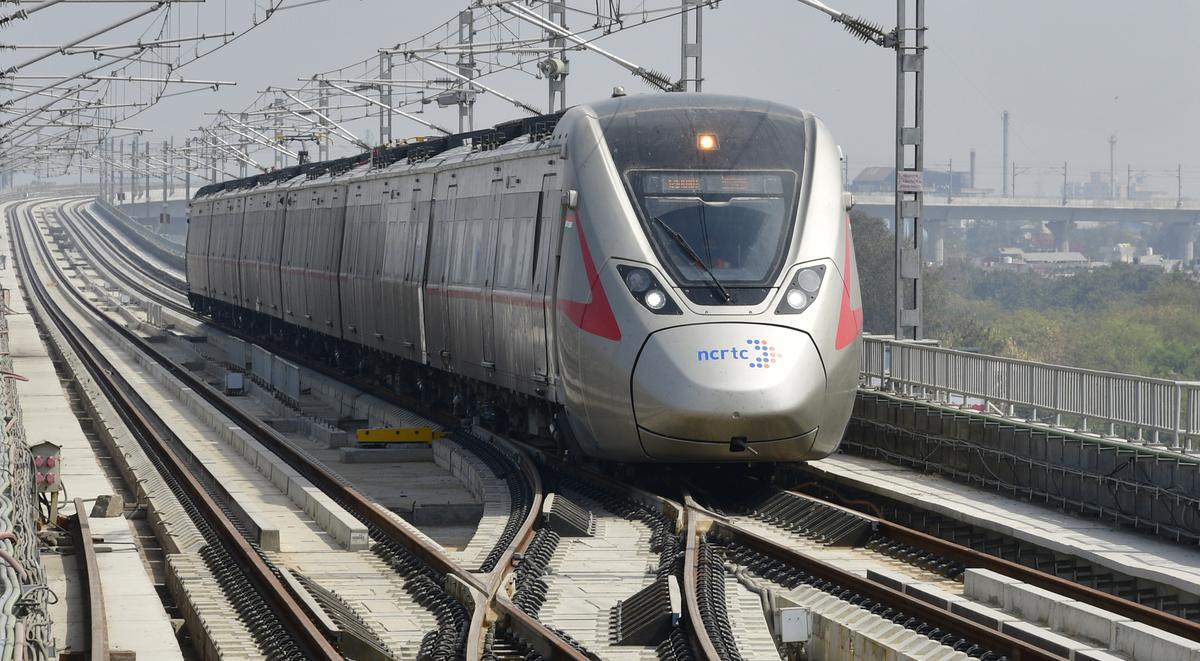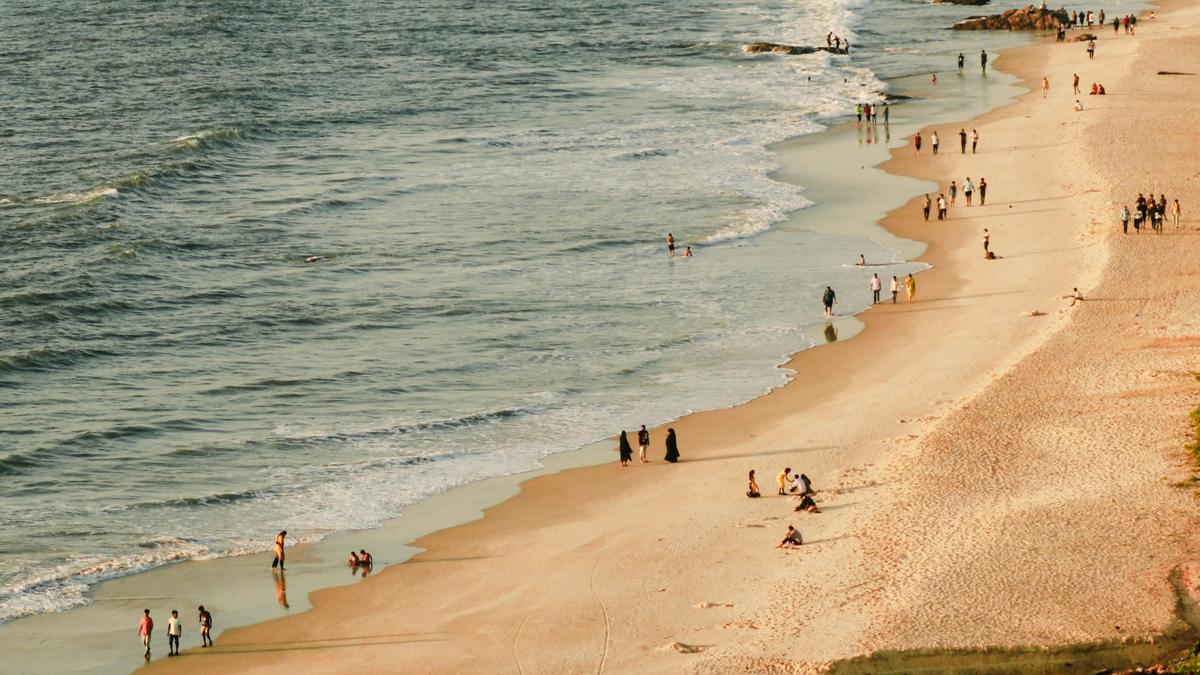- Courses
- GS Full Course 1 Year
- GS Full Course 2 Year
- GS Full Course 3 Year
- GS Full Course Till Selection
- Online Program
- GS Recorded Course
- NCERT (Recorded 500+ Hours)
- Polity Recorded Course
- Geography Recorded Course
- Economy Recorded Course
- AMAC Recorded Course
- Modern India, Post Independence & World History
- Environment Recoded Course
- Governance Recoded Course
- Science & Tech. Recoded Course
- International Relations and Internal Security Recorded Course
- Disaster Management Module Course
- Ethics Recoded Course
- Essay Recoded Course
- Current Affairs Recoded Course
- CSAT
- 5 LAYERED ARJUNA Mentorship
- Public Administration Optional
- ABOUT US
- OUR TOPPERS
- TEST SERIES
- FREE STUDY MATERIAL
- VIDEOS
- CONTACT US
PLACES IN NEWS 29 NOVEMBER 2024
PLACES IN NEWS 29 NOVEMBER 2024
29-11-2024
Mozambique
Why in news?
- Mozambique is gripped by violent protests after contested October elections, leaving over 40 dead.
- Allegations of vote-rigging favouring Frelimo, the ruling party for 49 years, have sparked outrage.
- Supporters of independent candidate Venâncio Mondlane demand an end to corruption, poverty, and electoral fraud.
- The post-election crisis exacerbates challenges, including an Islamist insurgency in Cabo Delgado, which has displaced over 582,000 people and killed thousands.
About Mozambique:
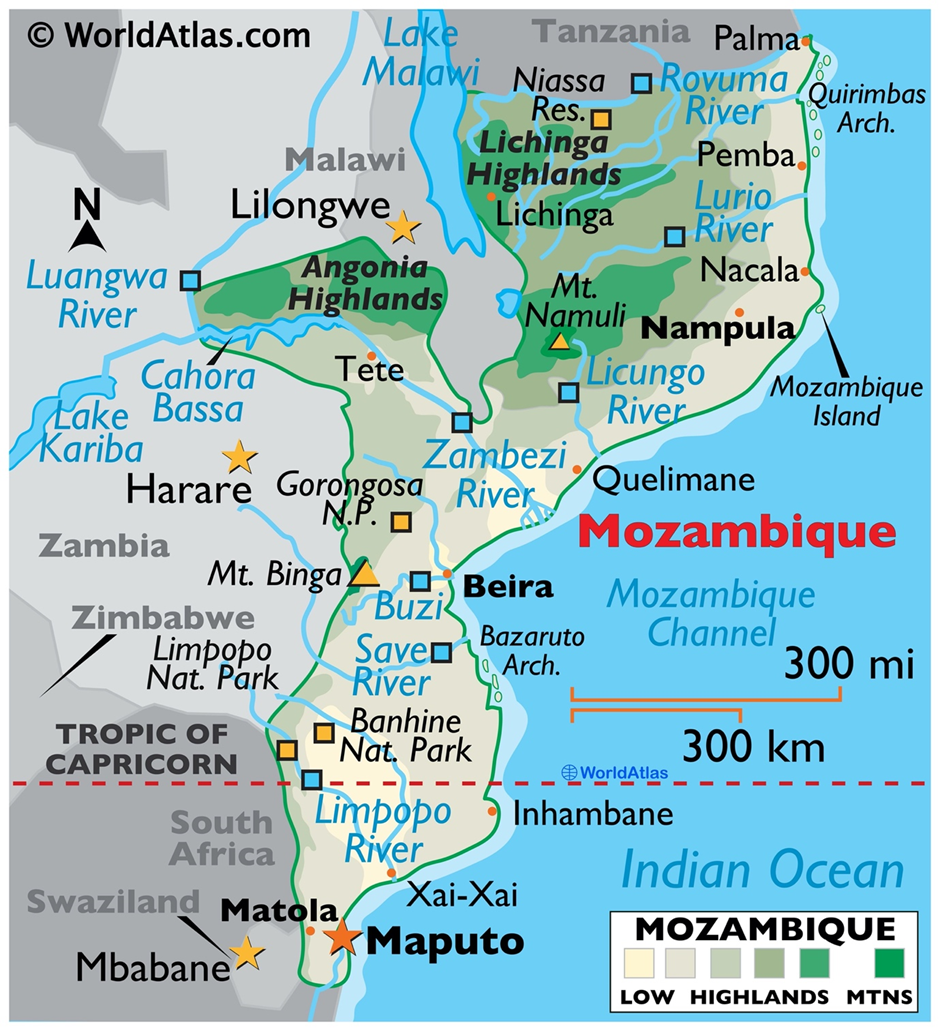
- Mozambique is a country in Southern Africa that lies in the Southern and Eastern Hemispheres. It boasts an extensive coastline along the Indian Ocean to the east, separated from the island nations of Madagascar, Comoros, and Mayotte by the Mozambique Channel.
- Mozambique shares land borders with Zimbabwe, Eswatini, South Africa, Zambia, Malawi, and Tanzania, creating a diverse geographical and cultural landscape.
- The country is rich in natural waterways, with numerous significant rivers flowing through its territory. The Zambezi River, the largest in Mozambique, is vital for agriculture, energy, and transportation.
- Other important rivers include the Limpopo, Licungo, Lurio, and Rovuma.
- Lake Malawi, also known as Lake Nyasa, is Mozambique's major lake and a shared natural treasure with neighbouring countries.
- The nation’s capital, Maputo, is a bustling center of political, economic, and cultural activity, while Matola is the largest city by population.
- Mozambique’s natural resources, including natural gas, coal, minerals, sand, and hydropower, hold significant potential for development.
- There are also promising indications of oil reserves, which could further boost the country’s economic prospects.
Georgia
Why in news?
- Protests erupted in Georgia after Prime Minister Irakli Kobakhidze announced the country would delay pursuing EU membership until 2028, accusing Brussels of "blackmail."
- This followed the European Parliament's rejection of Georgia's October 26 election results, citing significant irregularities and calling for new elections.
About Georgia:

- Georgia is located at the intersection of Eastern Europe and Western Asia. it is a transcontinental country in the South Caucasus region.
- It is bordered to the west by the Black Sea, providing it with access to maritime trade routes.
- To the north, it shares a boundary with Russia, marked by the towering Caucasus Mountains, which include its highest peak, Mount Shkhara at 5,193 meters. To the east, Georgia is bordered by Azerbaijan, and to the south, by Armenia and Turkey.
- Rivers play a significant role in Georgia’s geography, with the Mtkvari (Kura) River being the largest and flowing through the capital, Tbilisi, before emptying into the Caspian Sea in neighboring Azerbaijan. Other notable rivers include the Rioni, flowing westward to the Black Sea, and the Enguri, which traverses the picturesque Svaneti region.
- Georgia is rich in mineral resources, including manganese, copper, coal, and gold. The country also has deposits of oil and natural gas, though these are not as extensively exploited as its mineral wealth.
South Korea
Why in news?
- South Korea experienced its heaviest November snowstorm in 52 years, with 7.8 to 10 inches blanketing Seoul and nearby areas.
- The storm caused significant disruption, including at least two deaths, power outages for 230 homes, and a five-vehicle accident in Hongcheon.
- Visitors enjoyed snowy landmarks, while emergency crews addressed fallen trees and safety risks. President Yoon Suk Yeol urged mobilization of resources to mitigate accidents.
About South Korea:
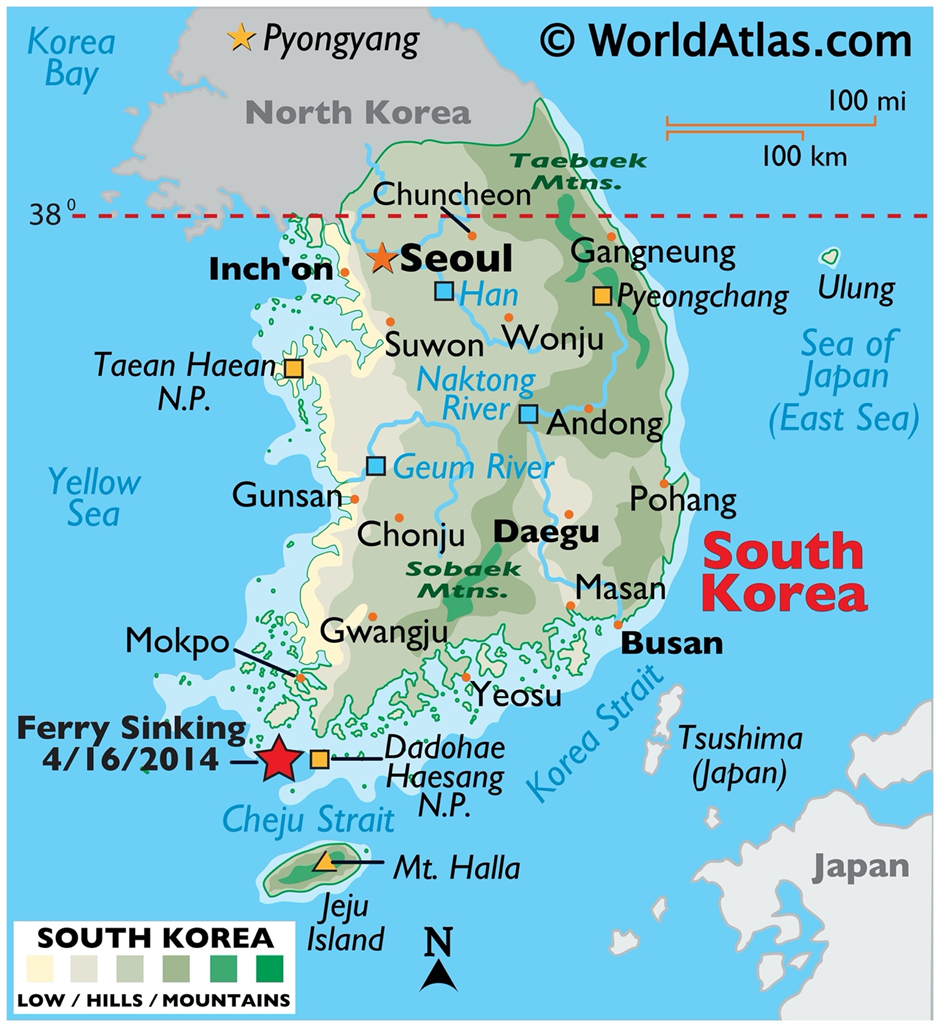
- South Korea is located in East Asia on the southern half of the Korean Peninsula, bordered by North Korea to the north, the Sea of Japan (East Sea) to the east, and the Yellow Sea to the west.
- Its strategic location places it near major economies like China and Japan. The country is mountainous, with plains primarily along its western and southern coasts.
- The climate is temperate, with four distinct seasons. Winters are cold and dry, particularly in the north, while summers are hot and humid due to monsoons. Spring and autumn are mild and short, marked by pleasant weather and vibrant foliage.
- South Korea's climate is classified as a cool temperate eastern margin climate, which is characteristic of regions along the eastern coasts of continents in the mid-latitudes. This type of climate is also referred to as humid continental (Dwa/Dwb) in the Köppen climate classification system, with some influence from a humid subtropical (Cwa) climate in the southern parts of the peninsula.
- South Korea’s semiconductor industry is a global leader, with companies like Samsung Electronics and SK Hynix dominating memory chip production. The sector is crucial to the global tech supply chain, driving the nation’s export-driven economy and technological advancements.
-
Geopolitical dispute with North Korea:
- The geopolitical dispute between South Korea and North Korea is most prevalent in the Korean Demilitarized Zone (DMZ), a heavily fortified border region that separates the two countries along the 38th parallel. This area, established after the Korean War (1950–1953), is approximately 250 kilometers (155 miles) long and 4 kilometers (2.5 miles) wide.
- Additionally, disputes extend to surrounding areas such as the Northern Limit Line (NLL) in the Yellow Sea (West Sea). The NLL, a de facto maritime boundary drawn by the United Nations Command, is contested by North Korea, leading to frequent naval skirmishes and tensions, particularly around islands like Yeonpyeong and Baengnyeong.
- Apart from this, South Korea’s relations with Japan are strained due to historical grievances and territorial disputes over the Dokdo/Takeshima islets. Additionally, balancing ties with the U.S. and China amid their rivalry poses a diplomatic challenge.
Botswana
Why in news?
- Botswana is set to become a certification point for rough diamonds, following the G7's ban on Russian-origin diamonds in January 2024.
- Until now, only Antwerp, a city in Belgium, was responsible for certification, which came out to be a very costly process, particularly for diamond traders who import substantial amounts of rough diamonds from Botswana, and this is the case with the Indian traders as well.
- The new certification centre in Botswana will streamline the process, reduce import costs, and enhance traceability, aligning with G7 standards.
- This development follows discussions between Botswana and the G7 to improve diamond trade transparency and ensure compliance, supporting Botswana's commitment to responsible mining and ethical practices in the diamond industry.
About Botswana:
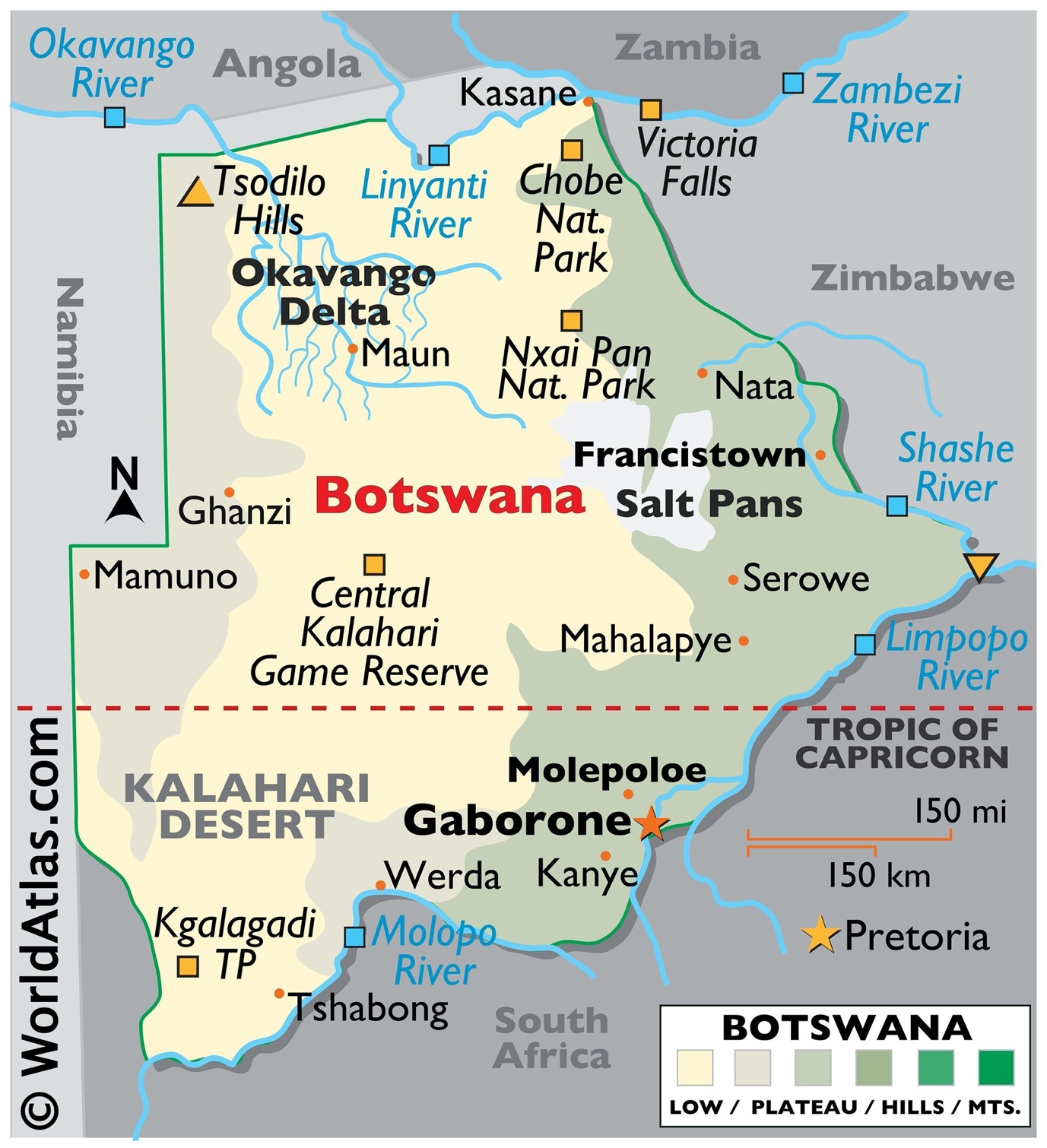
-
Geography:
- Botswana is a landlocked country located in Southern Africa. It is bordered by Namibia to the northwest, Zambia to the north, Zimbabwe to the northeast, South Africa to the south and southeast, and an enclave of South Africa called the KwaZulu-Natal province.
- The country is known for its vast desert, the Kalahari, and its semi-arid climate.
- Its capital, Gaborone, is situated in the south-eastern part of the country, near the border with South Africa.
-
Diamond Production:
- Botswana is one of the world's top diamond producers, ranking second globally in diamond production by value.
- Diamonds, particularly those mined in the Orapa and Jwaneng mines, are crucial to the country’s economy, contributing significantly to its GDP and export revenues.
- The diamond industry has fuelled Botswana’s economic growth, leading to infrastructure development and a relatively high standard of living compared to many other African nations. The country is known for its commitment to responsible mining practices and traceability, ensuring that its diamond industry aligns with ethical standards.
Syria
Why in news?
- Rebel forces, led by Hayat Tahrir al-Sham (HTS), have launched a significant offensive in north-western Syria, capturing territory from President Bashar al-Assad’s forces.
- They seized towns in Aleppo and Idlib provinces, advancing within 10km of Aleppo city.
- The fighting has resulted in over 180 combatant deaths, with at least 19 civilians killed in air strikes.
- HTS claims the offensive aims to deter aggression, while Syrian forces, occupied with other conflicts, face heavy losses.
- Nearly 7,000 families have been displaced, and humanitarian agencies urge an immediate de-escalation to protect civilians and infrastructure.
About Syrian Civil Crisis:
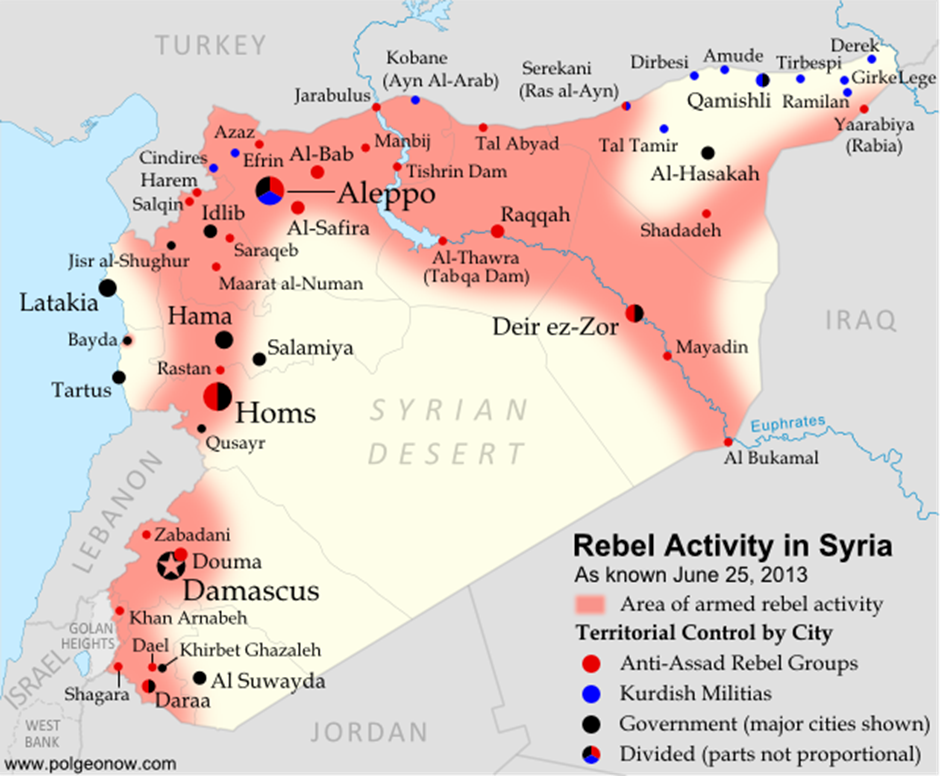
- The Syrian Civil War, which began in 2011, is a complex and multifaceted conflict rooted in political, sectarian, and international tensions.
- It started when President Bashar al-Assad's government responded violently to peaceful pro-democracy protests, escalating into a full-scale war.
- Over the years, the conflict has drawn in various local and international actors, leading to widespread devastation and instability.
-
Key regions affected during the war:
- Damascus, the capital, remains under government control but faces violence from airstrikes, shelling, and insurgency, making it the political centre of Assad's regime.
- Idlib, in the northwest, is the last major opposition stronghold, largely controlled by Hayat Tahrir al-Sham (HTS) and other rebel factions, often clashing with government forces.
- Aleppo, Syria's largest city, has been devastated by bombings and fighting, frequently changing hands between government and rebel forces, with foreign powers like Turkey and Russia involved.
- Deir ez-Zor and Raqqa saw intense battles between the Syrian government, Kurdish forces, and ISIS, with ongoing Kurdish-Syrian government tensions over control.
- Daraa, the birthplace of the uprising, and Suwayda in southern Syria continue to experience unrest, with rebel groups, often supported by Jordan and Israel, remaining active.
|
UPSC CSE PYQ Q. consider the following pairs: (2022)
How many pairs given above are correctly matched? (a) Only one pair (b) Only two pairs (c) Only three pairs (d) All four pairs Answer- Option B
Q. Consider the following pairs: (2018)
Which of the pairs given above are correctly matched? (a) 1 and 2 (b) 1 and 4 (c) 2 and 3 (d) 3 and 4 Answer- Option B |


